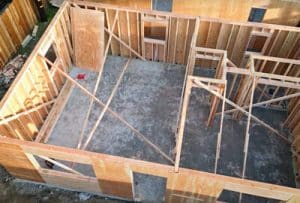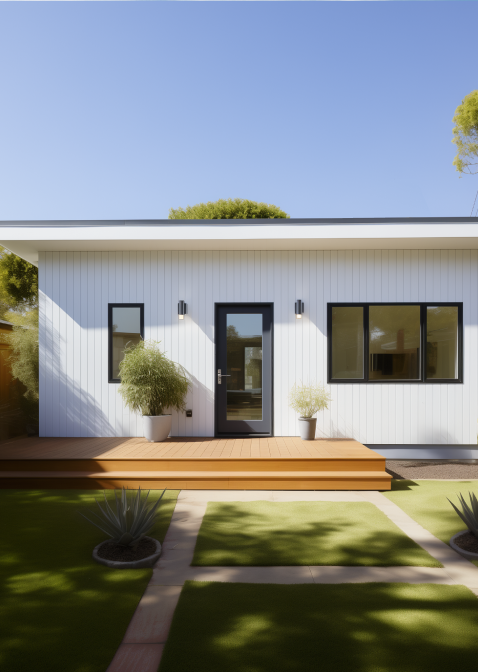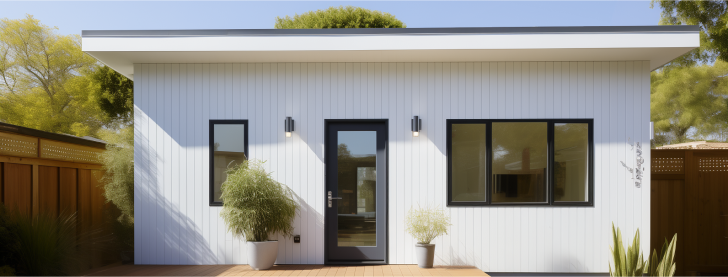 The construction of a new ADU is not only a choice of design, layout, and configuration of the building but also a lot of legal work that needs to be done to avoid a ban on construction. The laws within the same state regarding different types of ADU are constantly changing, so it is very difficult to keep track of all the adjustments in the wording.
The construction of a new ADU is not only a choice of design, layout, and configuration of the building but also a lot of legal work that needs to be done to avoid a ban on construction. The laws within the same state regarding different types of ADU are constantly changing, so it is very difficult to keep track of all the adjustments in the wording.
Most of the laws are aimed at simplifying the construction process, however, you should not neglect the study of new laws. This can help you speed up the construction process, ease the financial burden, and save money.
In this review, we will talk about four laws (AB2221, AB916, AB561, and SB897) that relate to various aspects of ADU construction and came into force earlier this year.

One of the most frustrating restrictions for homeowners when building an ADU was determining the maximum height, which had an upper threshold of 16 feet. This measure practically excluded the possibility of becoming the owner of a spacious two-story ADU.
Recent amendments to laws AB2221 and SB897 have changed the situation and now we can distinguish four categories of height restrictions ADU:
If we will present these laws in a simpler and more understandable language, we will tell the following, firstly, if multi-family and multi-story living space is planned to be built on one territory or has already been built, then the maximum permissible height of the ADU will be 18 feet. If you want to build an attached ADU, then the maximum allowable height is 25 feet, taking into account that the ADU is not higher than the main house.
Thirdly, if you have plans to build a detached ADU in the vicinity of an active traffic interchange, then you can get permission to build an accessory dwelling unit with a height of no more than 18 feet plus 2 feet for the roof slope. For all other ADU types, the maximum height will be 16 feet.
Overall, if you meet one of the three conditions (attached ADU, ADU on a plot with several houses, ADU near a transport hub), then you will easily get permission to build a two-story ADU with a height of more than 16 feet.

In addition to the two-story ADU law, three more important legal formulations regarding the construction of accessory dwelling units have appeared this year:
One of the key features of the new law is the 60-day rule, which requires local governments to approve or deny ADU applications within 60 days of receiving them. This rule is designed to streamline the process and prevent delays caused by bureaucratic red tape. It also ensures that property owners can move forward with their ADU plans promptly, without having to endure long wait times and uncertainty.
Another aspect of the new law is its emphasis on front setback clarity. This refers to the amount of space required between the front of a property and the street. Under the new law, local governments are required to provide clear and consistent guidelines for front setbacks, which can vary from one area to another. This helps property owners understand exactly what is required of them and ensures that ADUs are built in compliance with local regulations.
Finally, the new law also sets objective standards for ADU construction, including requirements for parking, height, and square footage. This helps ensure that ADUs are built to a high standard of quality and are consistent with the character of the surrounding neighborhood.
Overall, the new laws represent an important step forward in addressing California’s housing crisis. By providing more flexibility and clarity around ADU construction, it empowers property owners to build additional housing units on their land and provides a much-needed boost to the state’s housing stock. While there may be challenges along the way, the potential benefits of the new law are significant, and its impact is likely to be felt for years to come.











